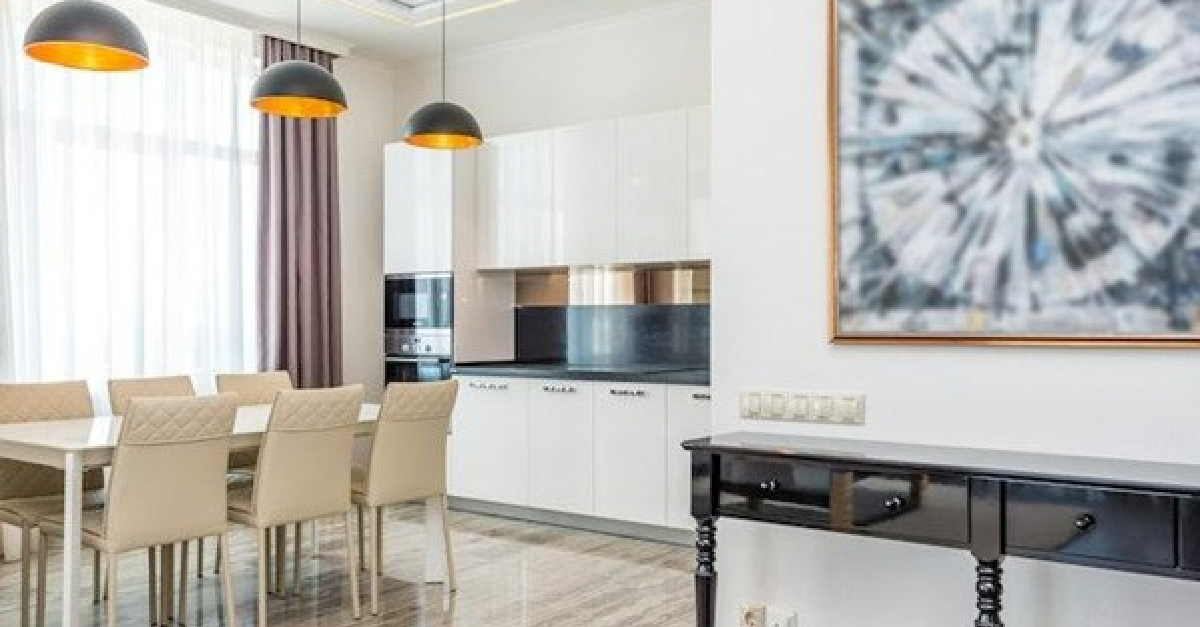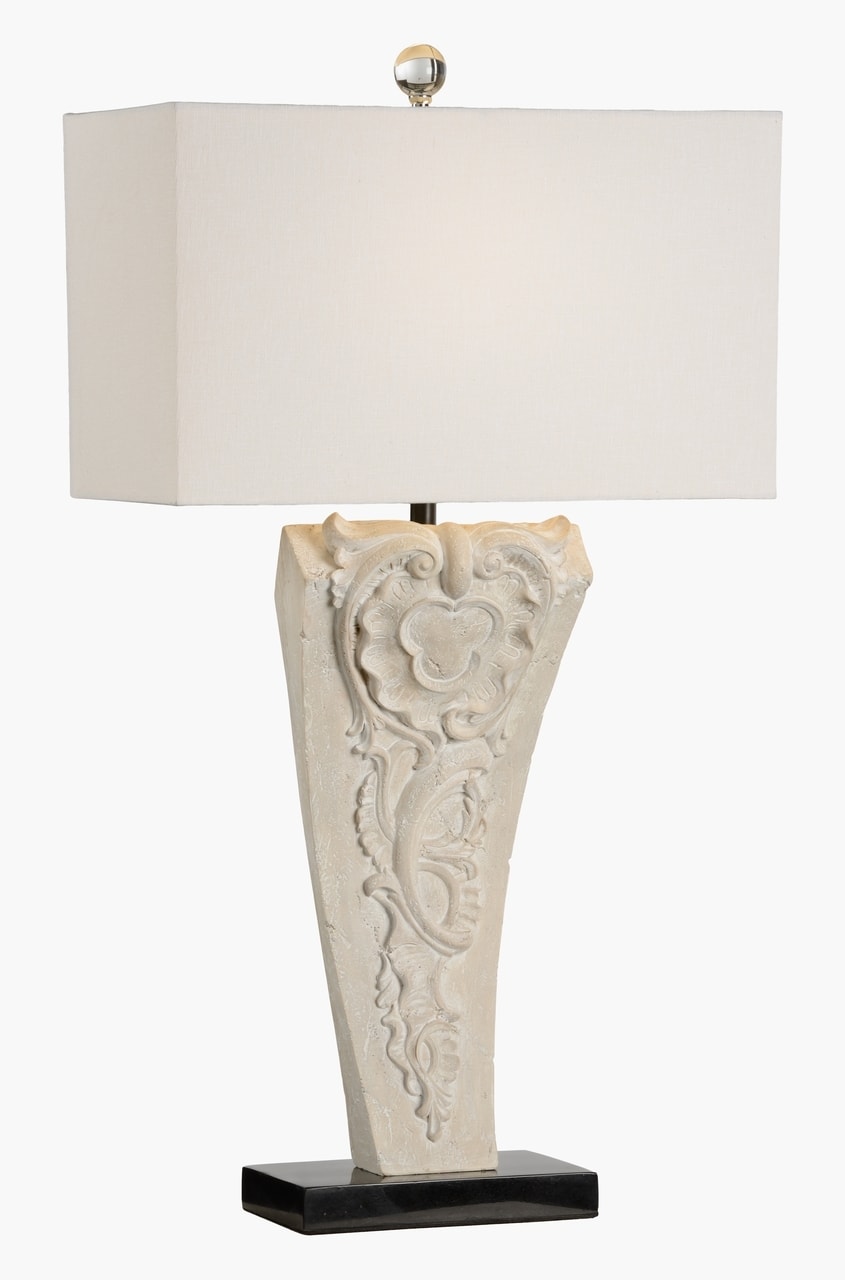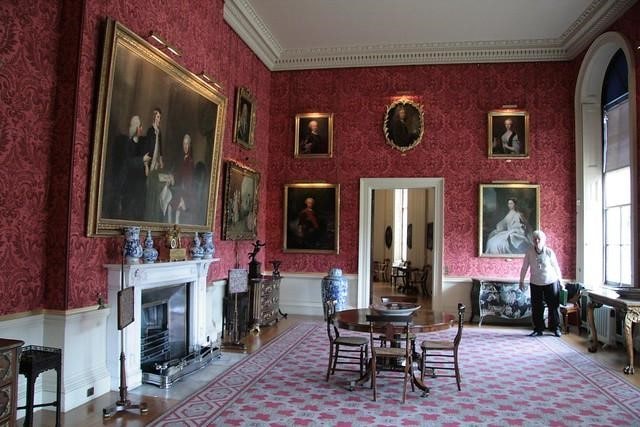
Dos and Don’ts of Mixing Light Fixtures in Your Home
finehomelamps2023-03-05T22:10:04-05:00The lighting in a room can be modified by adding more or changing the existing lighting fixtures.
A subtle but incredibly complex element of house design is lighting. Lighting is important in how we perceive, use, and even feel in a space, even if it may not usually be given much thought. Therefore, when homeowners change their lighting setups, they are altering more than just their interior style. The atmosphere can be changed by adding more or modifying the mixing light fixtures in a room. You can find some lightning tips to give your home a relaxing atmosphere if that’s what you want.
At first look, it could seem that every lighting fixture in a house is the same and provides the same type of light. But this isn’t the case at all. You could realize if you look a little closer that the lights aren’t all identical; rather, they simply go well together. Visitors and locals can equally enjoy the atmosphere created by these minor variations in fixture design and lighting style. A room can appear two-dimensional and flat if there is only one sort of lighting coming from one direction, which prevents it from being as functional as it could be.
10 Dos and Don’ts of Mixing Light Fixtures in Your Home
As they have the power to improve or break a room’s overall mood, lighting fixtures are a crucial component of home décor. The ideal arrangement of light fixtures can bring a touch of sophistication and elegance to any space, whether you’re trying to add some style to your living room or make a statement in your dining area. There are a lot of unexpected places for amazing lighting in your home. However, mixing light fixtures improperly might result in a cluttered and fragmented appearance, so it’s crucial to observe some dos and don’ts.
Lighting fixtures are an essential part of home décor
since they can make or break a room’s fundamental ambiance.
Mixing light fixtures dos:
Consider the Room’s Purpose
Before choosing light fixtures, it’s essential to consider the room’s purpose. For example, a workspace requires proper task lighting, while a living room requires ambient lighting to create a warm and cozy atmosphere. Therefore, the type of light fixture you choose should complement the room’s intended purpose.
Experiment with Heights
Mixing light fixtures of different heights can add visual interest and depth to a room. A statement fixture suspended from the ceiling, such as a chandelier or pendant light, can be complemented by a series of smaller pendant lights or wall sconces, creating a dynamic and eye-catching display.
Mixing lighting fixtures of various heights can give a space more visual depth and interest.

Use a Color Palette
Choosing light fixtures in the same color palette can help create a cohesive look. Opt for fixtures in the same metal finish, such as brass, bronze, or silver, to keep the overall look polished. If you prefer a more eclectic look, you can also mix and match different finishes as long as they complement each other and fit within the same color scheme. If you are not sure about the color palette, you can always look for some home decor and lighting ideas to help you choose.
Layer Your Lighting
Layering lighting involves using multiple light sources to create a well-lit space. This could include a combination of ceiling fixtures, table lamps, floor lamps, and wall sconces. Layering lighting allows you to control the amount of light in a room, ensuring that there are no dark corners or overly bright spots.
Think About Proportions
The scale of your light fixtures should be in proportion to the size of the room and the furniture within it. A massive chandelier might look impressive in a grand foyer, but it would overpower a small bedroom. When choosing light fixtures, consider the size of the room and the furniture to ensure that the fixtures are in proportion and complement the overall look of the space.
Mixing light fixtures don’ts:
Overcrowd the Room
Too many light fixtures in a single room can make it feel cluttered and overwhelming. Stick to a maximum of three different light fixtures to avoid overloading the space. If you have multiple light sources, consider choosing fixtures that are simple and understated so they don’t compete with each other.
Ignore the Style
Your light fixtures should complement the overall style of your home. Mixing styles, such as traditional and modern, can create a look that feels disjointed and uncoordinated. When choosing light fixtures, consider the existing décor and architectural elements of your home, and opt for fixtures that complement the style and enhance the overall look.
Take into account your home’s design forms and existing décor when picking light fixtures.

Forget About Function
It’s important to keep function in mind when choosing light fixtures. For example, a ceiling fan with integrated lighting can provide both task and ambient lighting, eliminating the need for multiple fixtures. When choosing light fixtures, consider their function and the amount of light they provide, so you can create a well-lit space that meets your needs. If you have lights that don’t have a function in your home, experts from vanexpressnj.com advise you to pack and store them in the right way.
Neglect Task Lighting
Task lighting is essential in many rooms, such as the kitchen or office. Make sure you have adequate lighting in these areas to ensure you can work or cook comfortably. Don’t overlook the importance of task lighting and include fixtures that provide bright and focused light, such as under-cabinet lights or desk lamps, to ensure that you have the right amount of light for specific tasks.
Avoid Harsh Light
Harsh lighting can be uncomfortable and unflattering. When choosing light fixtures, consider the color temperature of the bulbs. Warm, soft white light is best for living spaces, while cool white light is best for kitchens and bathrooms. You can also choose bulbs with a dimmable feature, so you can adjust the light levels to suit your needs and mood. Pay attention to your lamps if there are some you don’t need and want to put in storage, take research on how to pack fragile items.
Conclusion
Mixing light fixtures in your home is a great way to add character, depth, and style to a space. By following the dos and don’ts outlined above, you can create a beautiful and functional lighting plan that enhances the overall look of your home. Whether you opt for statement fixtures or understated pieces, the right combination of light fixtures can elevate the style and comfort of any room in your home.
Author’s bio
 Glenda Smith is a 29-year-old accountant. In her free time, she can often be found decorating her home and coming up with new and unique design ideas. With her keen eye for design, she is a truly unique individual with a wide range of interests and passions. Whether she is exploring new destinations, curling up with a good book, or bringing her creative ideas to life, she is always looking for new ways to learn and grow.
Glenda Smith is a 29-year-old accountant. In her free time, she can often be found decorating her home and coming up with new and unique design ideas. With her keen eye for design, she is a truly unique individual with a wide range of interests and passions. Whether she is exploring new destinations, curling up with a good book, or bringing her creative ideas to life, she is always looking for new ways to learn and grow.










Leave a Reply